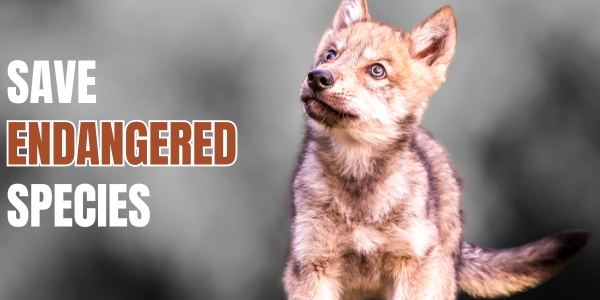Photo credit: Brian K. Lang, NMDFG
Noel’s amphipod (Gammarus desperatus) | ESA status: endangered
Noel’s amphipod
The Noel’s amphipod is an endangered, light-sensitive, bottom-dwelling crustacean found only in the Bitter Lake National Wildlife Refuge in Chaves County, New Mexico.
Noel’s amphipod habitat
Bitter Lake National Wildlife Refuge in Chaves County, New Mexico, is a place of unique ecological convergence, where the Chihuahuan Desert meets the shortgrass prairie and the Pecos River flows through the Roswell artesian basin. The diverse waters of the Bitter Lake area—flowing streams, rivers, sinkholes, playa lakes, and brackish waters—shelter an incredible diversity of rare organisms, including the Noel’s amphipod. The amphipods inhabit cool, shallow, well-oxygenated waters, and are important ecological barometers of water quality.
Noel’s amphipod facts
Amphipods are small crustaceans sometimes referred to as freshwater shrimp. Noel’s amphipod is brownish-green, with kidney-shaped eyes and red bands along several of its body segments. Males are slightly larger than females, and individuals range in size from 8.5 to 14.8 millimeters (about the size of a pinto bean).
Noel’s amphipods feed on algae, underwater vegetation, and decaying organic matter, and complete their life cycle in one year. During the breeding season, which depends on the water temperature, amphipods form strong attachments to their mates—literally. Breeding pairs may remain physically attached for one to seven days, continuing to feed and swim. These pairs produce a “brood” of 15 to 50 baby amphipods, which depend on tiny food sources such as the algae and bacteria associated with aquatic vegetation.
Amphipods are light-sensitive—they are bottom-dwellers and are active mostly at night to avoid the bright light of day. They are also very sensitive to oxygen levels, water temperature, sedimentation and contamination. Their disappearance usually indicates the loss or degradation of a pristine spring or watercourse.
What are the threats to the Noel’s amphipod?
Noel’s amphipod was once found in three springs near Roswell, but both populations outside of Bitter Lake National Wildlife Refuge disappeared before 1988 due to groundwater depletion and spring channelization. Inside the refuge, their population was devastated by a 2002 fire, which removed the vegetative cover that sheltered them from light and deposited ash and sediment into their aquatic habitat. Aquifer depletion and contamination from development and oil and gas drilling in the Roswell Basin are the most important threats to this species. There are at least 190 oil wells surrounding Bitter Lake that could contaminate the aquifer that underlies the refuge.
What WildEarth Guardians is doing to protect the Noel’s amphipod
WildEarth Guardians fought to obtain critical habitat protections this amphipod now enjoys under the Endangered Species Act, and we will continue to advocate for responsible water use and against the proliferation of oil and gas drilling and unsustainable development that threatens Bitter Lake.
Historical Significant Actions
U.S. Fish and Wildlife Service finalizes revised designation of critical habitat for Noel’s amphipod June 2010
WildEarth Guardians and partners file suit to extend critical habitat protections to the Bitter Lake National Wildlife Refuge December 2007
U.S. Fish and Wildlife Service proposes to list Noel’s amphipod as “endangered” with critical habitat February 2002
Wildlife Press: Noel’s amphipod
Bitter Lake National Wildlife Refuge Receives Stronger Safeguards through the Endangered Species Act
Government Designates Critical Habitat to Protect Water Quality for Bitter Lake Animals
Contact: Nicole Rosmarino (505) 699-7404
